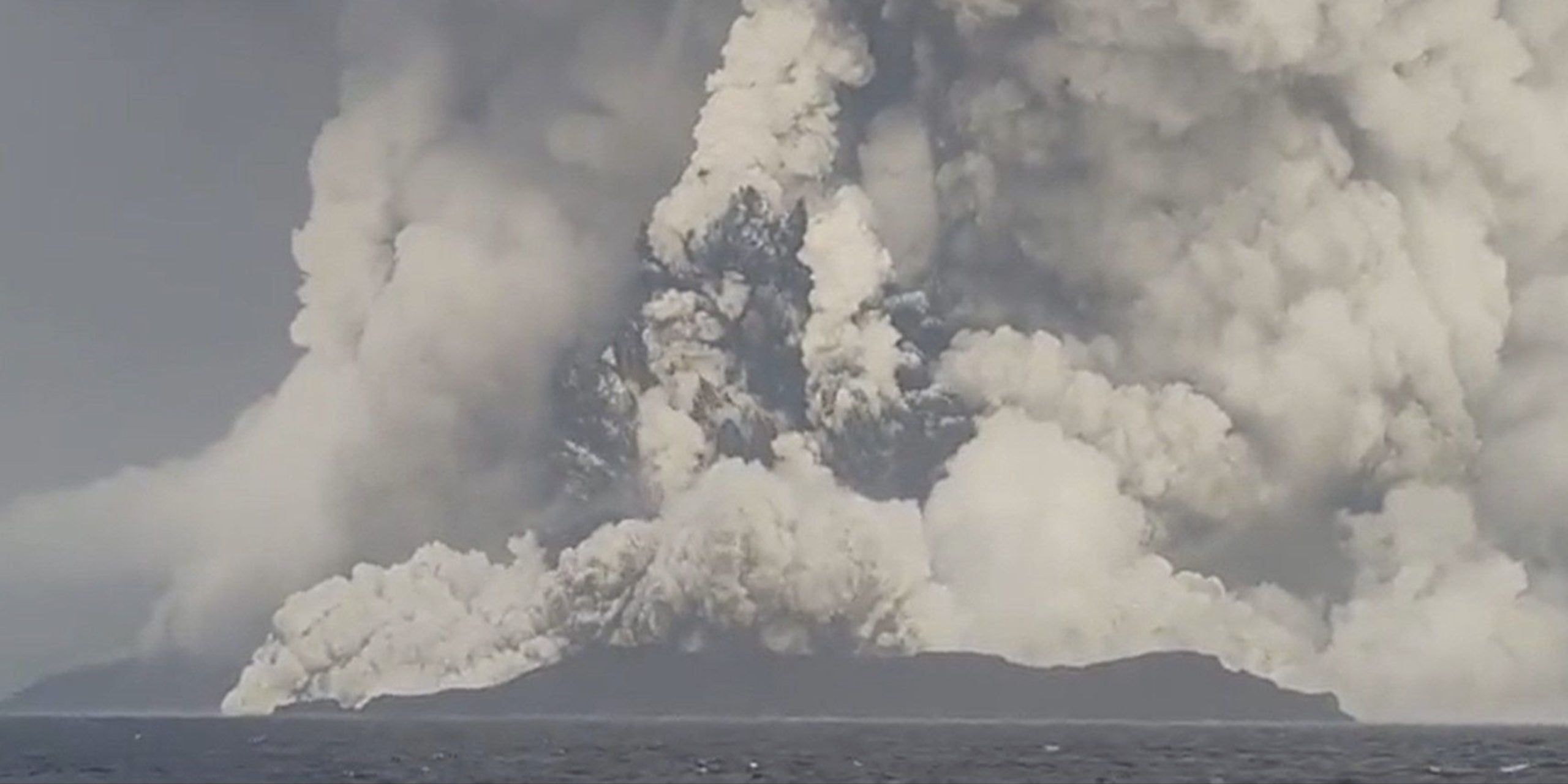On Jan. 19, the Pacific archipelago of Tonga was placed under a state of emergency following a devastating eruption from the Hunga-Tonga-Hunga-Ha’apai volcano. “An unprecedented disaster hit Tonga,” Tongan Prime Minister Siaosi Sovaleni said in the address declaring the state of emergency.
Three deaths have been recorded due to tsunamis from the eruption, accompanied by a considerable quantity of injuries, with numbers unspecified as of Jan. 20. All houses have been leveled on the island of Mango, home to a population of 36, and all but two houses have been destroyed on the island of Fonoifua, which has a population of 239.
The volcano first erupted on Jan. 13, sending out an ash cloud that towered over 50,000 feet high and a burst of tsunamis one to two feet in height. That eruption was followed by a significantly more powerful eruption at 4:20 a.m. local time on Jan. 14, destroying enough land to place the volcano underwater.
Yet another eruption occurred on Jan. 15 around 5:10 p.m., increasing the cumulative size of the mushroom cloud until it engulfed the entire archipelago. It covered an area roughly New England’s size and left 100,000 inhabitants in total darkness of the archipelago. At this point, the volcano was destroyed, and the tsunamis peaked at heights of 50 feet.
Footage captured by the Japanese Himawari-8 weather satellite shows that the blasts could be seen from space. The blasts could be heard from 5,000 miles away, with the soundwaves reaching Alaska seven hours after the final eruption occurred. Professor Shane Cronin, a volcanologist at the University of Auckland, believes that the eruption is likely the largest seen in the 21st century. “The large and explosive lateral spread of the eruption suggests that it was probably the biggest one since about the 1991 eruption of Pinatubo,” Cronin told Radio New Zealand.


